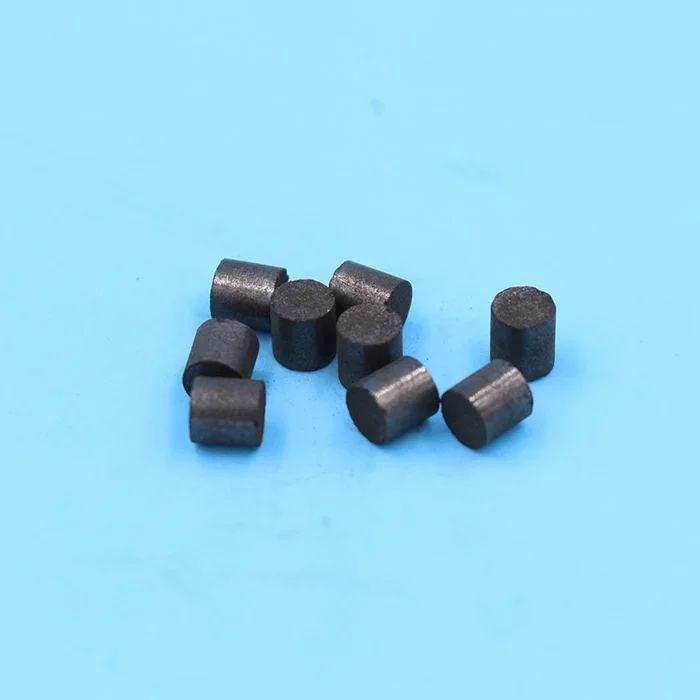Methanol, also known as wood alcohol or methyl alcohol, is a versatile chemical compound used in a wide range of applications, including as a solvent, fuel, and raw material for various industries. It is a colorless liquid with a distinctive odor and is produced through a fascinating chemical process. In this article, we will explore the methods and steps involved in the production of methanol.
Feedstock Selection
The production of methanol begins with the selection of suitable feedstocks. Methanol can be produced from various carbon-based sources, including natural gas, coal, biomass, and even carbon dioxide. The most common feedstock used today is natural gas, owing to its abundance and cost-effectiveness.

Reforming
The first step in methanol production is the reforming process, where the chosen feedstock is converted into synthesis gas, also known as syngas. Natural gas, which primarily consists of methane (CH4), is typically subjected to steam reforming. In this process, methane reacts with steam (H2O) at high temperatures (700-900°C) in the presence of a catalyst, such as nickel, to produce syngas.
The reforming reaction can be represented by the following equation:
CH4 + H2O → CO + 3H2
Shift Conversion
The resulting syngas from the reforming process contains a mixture of carbon monoxide (CO) and hydrogen (H2). To optimize the ratio of H2 to CO, a shift conversion reaction is employed. The shift conversion process typically involves two steps: the high-temperature shift (HTS) reaction and the low-temperature shift (LTS) reaction.
In the HTS reaction, carbon monoxide reacts with steam in the presence of a catalyst, to produce additional hydrogen and carbon dioxide:
CO + H2O → CO2 + H2
The LTS reaction, which follows the HTS reaction, further converts carbon monoxide into carbon dioxide:
CO + H2O → CO2 + H2

Purification
After the shift conversion, the resulting gas mixture is passed through various purification steps to remove impurities and unwanted components. These purification steps typically involve processes such as pressure swing adsorption (PSA) and/or absorption. PSA utilizes adsorbents to selectively remove impurities from the gas stream, while absorption involves the use of solvents to capture specific gases, such as carbon dioxide.
Methanol Synthesis
Once the syngas is purified, it is ready for methanol synthesis. The synthesis of methanol is typically carried out using a catalyst, such as copper-zinc-aluminum oxide, at elevated temperatures (200-300°C) and high pressures (50-100 bar). The syngas is fed into a reactor where it reacts with the catalyst, undergoing a series of reactions to form methanol:
CO + 2H2 → CH3OH
The methanol synthesis reaction is exothermic, meaning it releases heat. The heat generated is often utilized to drive other processes within the production facility, increasing overall energy efficiency.
Distillation and Refining
Once the methanol synthesis reaction is complete, the resulting mixture contains methanol, along with other by-products and impurities. To separate and purify methanol, the mixture undergoes a distillation process. Distillation takes advantage of the differences in boiling points between methanol and other substances present in the mixture. Through fractional distillation, methanol is separated and collected as a pure product.
Additional Treatment and Storage
After distillation, the methanol may undergo further treatment, such as dehydration or additional purification steps, to meet specific quality requirements. The dehydrated methanol is usually stored in tanks or transported through pipelines, ready for its various applications.

Conclusion
Methanol is a vital chemical compound with numerous industrial applications. Its production involves a series of steps, starting from the selection of suitable feedstocks and progressing through reforming, shift conversion, purification, methanol synthesis, distillation, and additional treatment. The production process requires careful control of temperature, pressure, and catalysts to ensure optimal yield and quality.
As the demand for sustainable and renewable sources of methanol grows, researchers are exploring innovative methods, such as carbon dioxide capture and utilization, to produce methanol from greenhouse gas emissions. These advancements hold promise for a greener and more sustainable future in methanol production.
Understanding the intricate process behind methanol production allows us to appreciate its significance in various industries and highlights the ongoing efforts to improve its efficiency and environmental impact.
Yixing Winner Technology Co., Ltd. is a professional manufacturer in producing catalysts and their ceramic carriers, ceramic glove formers, and other industrial ceramics.Welcome to contact us if you need to learn more about Methanol cracking Hydrogen Catalyst.
Email:camilleyxwn@outlook.com


